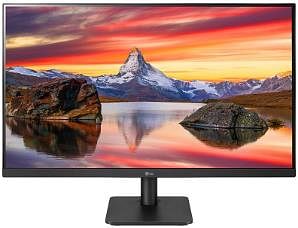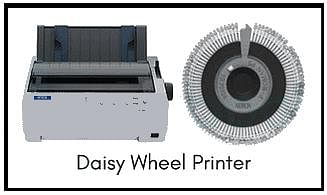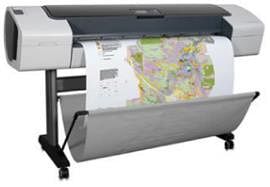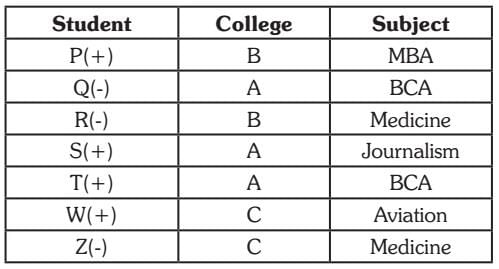JKSSB Patwari Mock Test - 2 - JKSSB Patwari MCQ
30 Questions MCQ Test JKSSB Patwari Mock Test Series 2025 - JKSSB Patwari Mock Test - 2
Noise pollution is considered to be caused by sounds louder than
Which one of the following statements about the trade and commerce in the later Vedic period is correct?
The earliest clear reference to the four ashramas of the student, house-holder, forest hermit, and recluse is found in the:
Which Ashokan Rock Edict is found written partly in the Boustrophedon style?
Consider the following statements:
- The Kingdom of Anga was initially a powerful neighbor of Magadha before being conquered by Bimbisara.
- Avanti, with its capital at Ujjain, was a significant competitor to Magadha due to its rich iron deposits.
- The economic prosperity of Magadha was largely dependent on its agricultural productivity, which was negligible compared to its trade and commerce.
How many of the statements given above are correct?
Vajrayana Buddhism
1. includes various Buddhist traditions of Tantra
2. developed parallelly with Mahayana Buddhism in India
3. according to Vajrayana scriptures, it is the only vehicle to enlightenment among the three schools of Buddhism
Select the correct answer using the codes below.
Consider the following statements.
- The Jammu and Kashmir State, formulated a Forest Policy in 2010.
- The area of Ladakh is not covered under this policy.
Which of the above is correct?
Direction: In the following question, the sentences have been given in Active/ Passive Voice. From the given alternatives, choose the one that best expresses the given sentence in Passive/ Active Voice.
Who wrote it?
If 4/6 entered in a cell without applying any formats, Excel will treat this as
Direction: Study the following information carefully and answer these questions.
P, Q, R, S, T, W and Z are seven students studying in three different institutes – A, B and C. There are three girls among the seven students who study in each of the three institutes. Two of the seven students study BCA, two study medicine and one each studies Aviation Technology, Journalism and MBA. R studies in the same college as P, who studies MBA in college B. No girl studies Journalism or MBA. T studies BCA in college A and his brother W
studies Aviation Technology in college C. S studies Journalism in the same college as Q. Neither R nor Z studies BCA. The girl who studies BCA does not study in college C.
Q. In which of the colleges do three of them study ?
In a certain code language, GRAPE is written as 27354 and FOUR is written as 1687 . How is GROUP written is that code ?
Which letter is 7th from right in the English alphabet.
K is the brother of T. M is the mother of K. W is the brother of M. How is W related to T?
The following small letters are coded by capital letters in a certain way :
s u m l a d
R A P M S O
Now, which small letters can be decoded from the letters given below :
M A P S R O
In this questions, a number series is given with one term missing. Choose the correct alternative that will continue the same pattern and fill in the black spaces.
Q. 95, 115.5, 138, (____), 189























